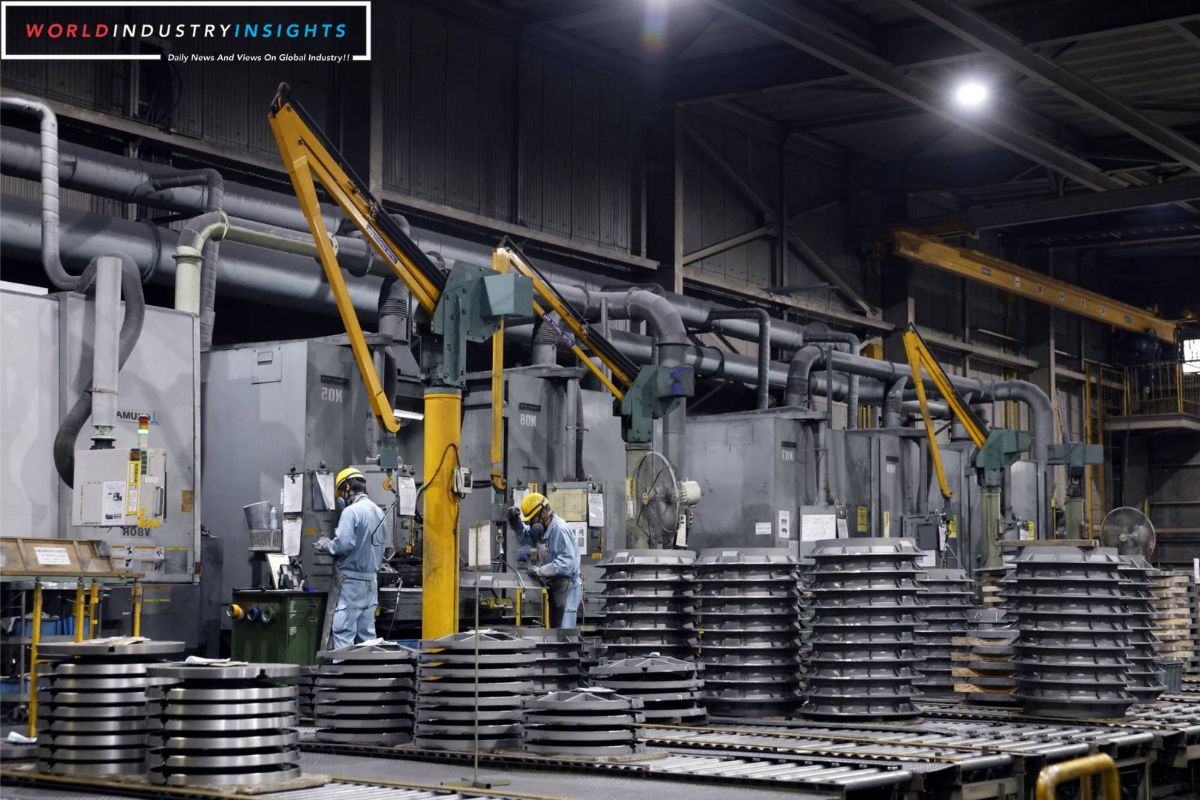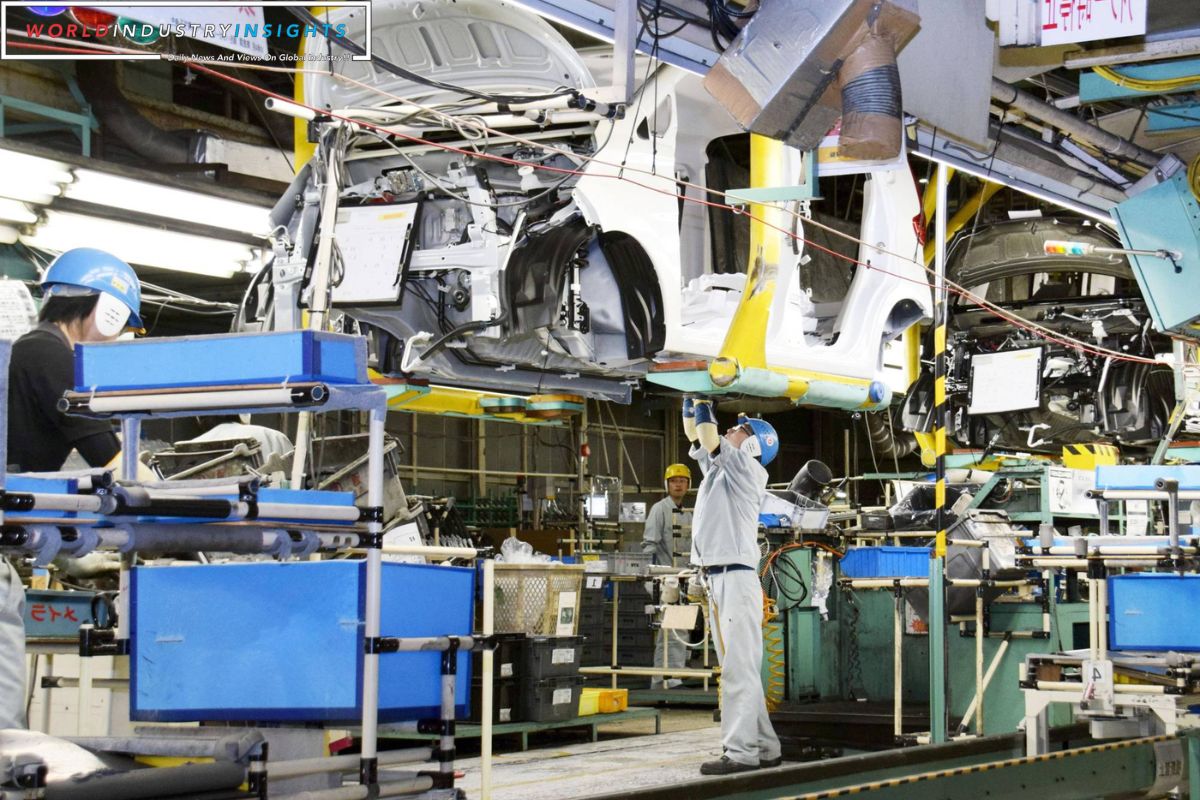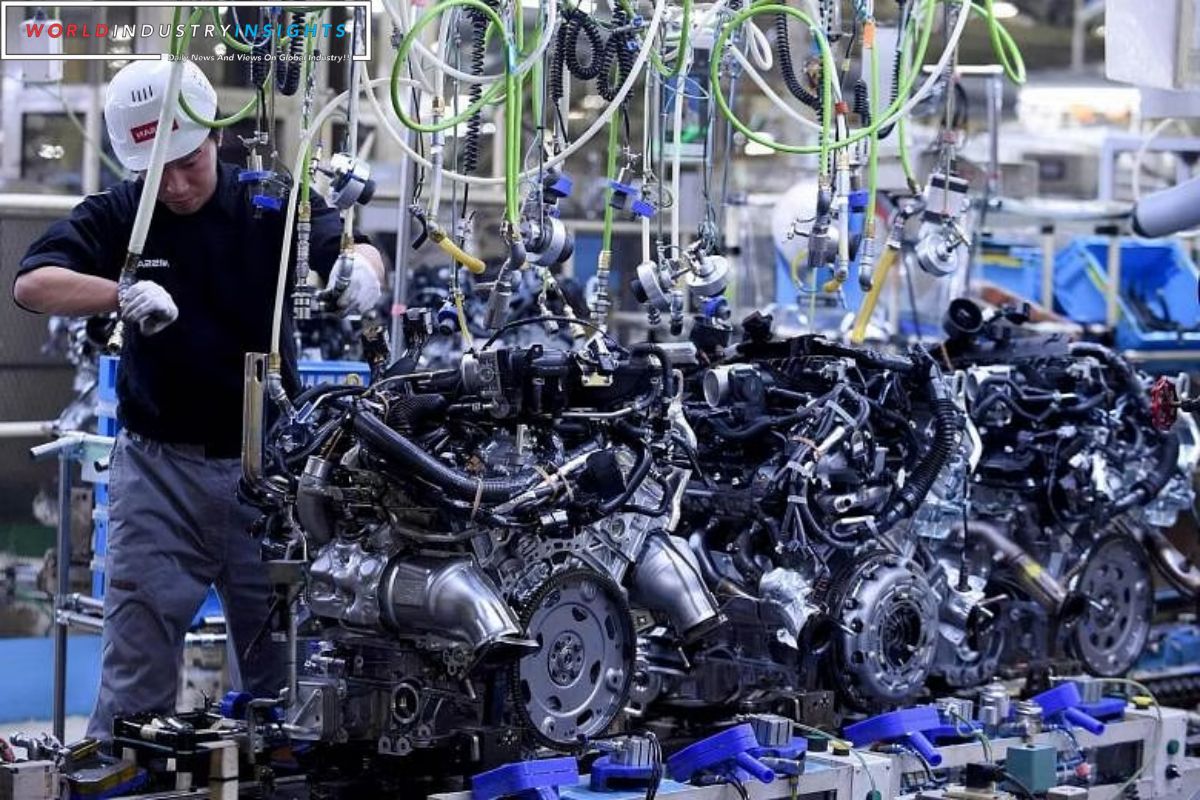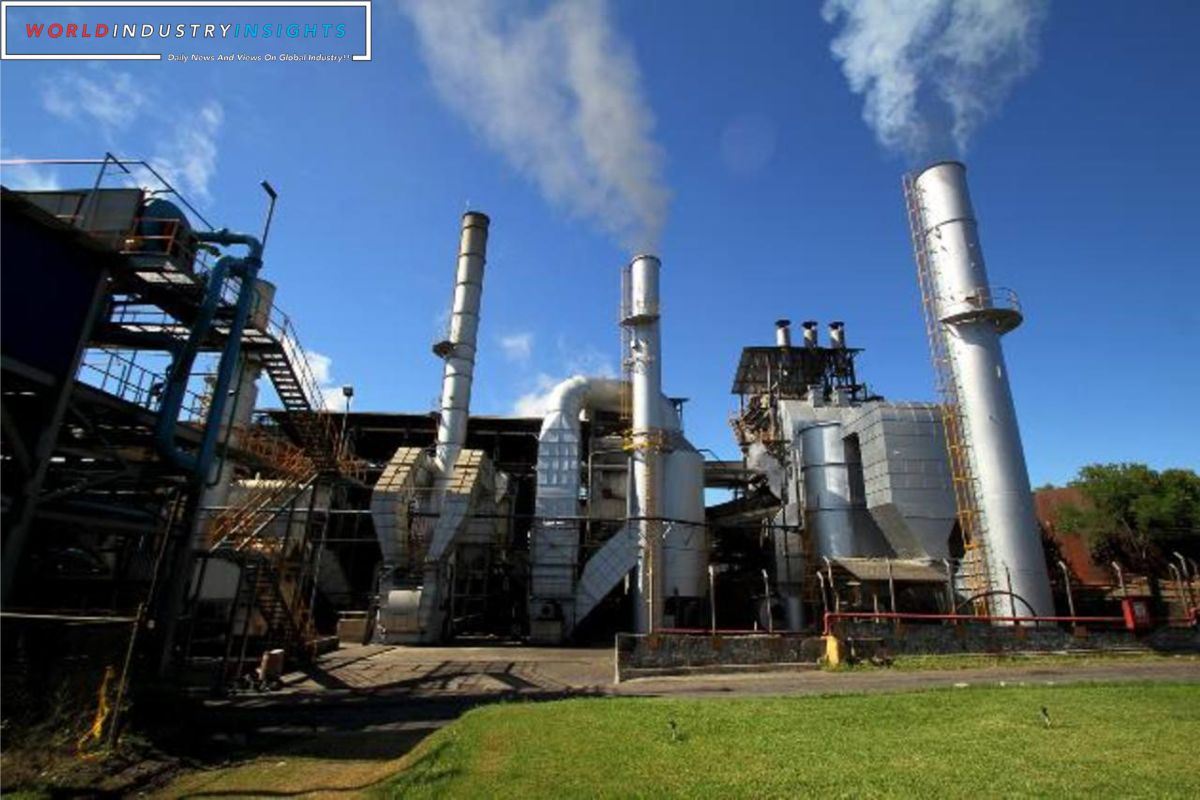Japan’s Industrial Engine Stalls: The recent decline in Japan’s industrial output during the month of November by 0.9% has raised concerns about the state of the country’s economic engine. The automotive and electronics sectors, which have traditionally been the driving forces behind Japan’s industrial growth, experienced a significant downturn, contributing to the overall decline.
However, amidst the challenges faced by these sectors, there were some bright spots, such as the rise in machinery output. As we delve further into the factors behind this decline, it becomes crucial to anticipate future trends and consider the projections from the Ministry of Economy, Trade, and Industry (METI), as well as the potential risk factors that may further impede Japan’s industrial growth.
Moreover, it is worth noting how the retail sector has shown resilience amidst these industrial challenges, adding an interesting dimension to the overall economic landscape.
Key Takeaways
- November experienced a 0.9% decline in Japan’s industrial output due to factors such as a slowdown in global demand, supply chain disruptions, and the impact of the COVID-19 pandemic.
- The decline in industrial output was primarily driven by the automotive and electronics sectors, which saw decreases in production due to various challenges.
- However, machinery output rose by 1.6% during this period, indicating potential growth and demand in certain areas of Japan’s industrial landscape.
- METI projects a 6.0% expansion in production for December, but warns of a potential 7.2% decrease in output for January due to external risk factors such as higher interest rates abroad and a slowdown in the Chinese economy.
Downturn in Japan’s Industrial Output: November’s 0.9% Decline
In November, Japan’s industrial output experienced a 0.9% decline, marking a significant setback after two consecutive months of expansion, according to data released by the Ministry of Economy, Trade, and Industry (METI).
Also Read: China Economic Crossroads: Moodys Warning Rings Echoes of Japans Past
This decline raises concerns about the stability of Japan’s manufacturing sector, which has been a key driver of economic growth. The decline can be attributed to several factors, including a slowdown in global demand, supply chain disruptions, and the ongoing impact of the COVID-19 pandemic.
One of the major contributors to the decline in industrial output was the automotive sector, which saw a decrease in production due to a shortage of semiconductors. The electronics sector also faced challenges, with decreased demand for electronic components and devices.
These factors highlight the vulnerability of Japan’s manufacturing sector to external shocks and emphasize the need for diversification and resilience in the country’s industrial base.
Automotive and Electronics Sectors Drive November’s Industrial Decline
The decline in Japan’s industrial output in November was primarily driven by the automotive and electronics sectors, highlighting the vulnerabilities of these key industries. This decline is a cause for concern, as it not only reflects the challenges faced by Japan’s industrial engine but also raises questions about the overall health of the economy.
The automotive sector, which experienced a 2.5% decrease, particularly in small passenger vehicles, is grappling with factors such as declining consumer demand and supply chain disruptions. Similarly, the electronics sector saw a 3.5% contraction, primarily due to the impact on integrated circuit memory chips.
These sectors play a crucial role in Japan’s economy, and their decline sends a strong signal about the current state of the industrial sector.
- Decrease in consumer demand putting pressure on automotive sector
- Supply chain disruptions affecting production and output
- Impact of integrated circuit memory chips on electronics sector
- Significance of these sectors for Japan’s overall economy
Mixed Fortunes: Machinery Output Rises Amid Challenges
Amidst the challenges faced by Japan’s industrial sector, there are glimpses of hope as machinery output experiences a rise. While the overall industrial output declined by 0.9%, machinery production saw a 1.6% increase.
This positive performance is particularly significant given the challenges faced by other key sectors such as automotive and electronics. The rise in machinery output was driven by a 2.6% increase in semiconductor manufacturing equipment.
This indicates that despite the overall slowdown, there is still demand and growth potential in certain areas of Japan’s industrial landscape. It also highlights the resilience and adaptability of the machinery sector in the face of economic challenges.
As Japan navigates the uncertain economic environment, the positive performance of machinery output provides a glimmer of hope for the country’s industrial future.
Anticipating Future Trends: METI’s Projections and Risk Factors
Anticipating future trends and potential risk factors, the Ministry of Economy, Trade, and Industry (METI) provides insightful projections for Japan’s industrial output in the coming months. According to METI, December is expected to see a 6.0% expansion in production, which suggests a positive outlook for the industry.
However, caution is warranted as METI warns of a potential 7.2% decrease in output for January. This highlights the volatility and uncertainty that the Japanese industrial sector faces in the near future.
To shed light on the potential risks and challenges, METI points out two key external factors: higher interest rates abroad and a slowdown in the Chinese economy. These factors could significantly impact Japan’s industrial output, making it crucial for the government to closely monitor the situation and take appropriate measures to mitigate any adverse effects.
Retail Sector Resilience Amidst Industrial Challenges
Despite the challenges faced by Japan’s manufacturing sector, the retail industry has displayed remarkable resilience. While the manufacturing sector experienced a decline in output in November, retail sales expanded by 5.3% compared to the same period last year, marking the 21st consecutive month of expansion.
This is a positive sign for the Japanese economy, as it suggests that consumer confidence and spending remain strong. The retail sector’s ability to withstand the challenges faced by the manufacturing sector can be attributed to factors such as a diverse range of products and services, a strong domestic demand, and an increasing number of foreign tourists.
Additionally, the government’s efforts to boost consumption through policies such as the reduction of the consumption tax also contribute to the sector’s resilience. Overall, the retail industry’s performance provides a glimmer of hope amidst the industrial challenges faced by Japan.
Conclusion Of Japan’s Industrial Engine Stalls
In conclusion, Japan’s industrial sector experienced a 0.9% decline in output in November, primarily driven by the automotive and electronics sectors.
However, there were some positive signs as machinery output saw a rise amidst the challenges faced by the industry.
The Ministry of Economy, Trade, and Industry (METI) has provided projections and identified risk factors for future trends.
Despite these challenges, the retail sector has shown resilience in the face of industrial difficulties.
Overall, these developments highlight the complex and evolving nature of Japan’s industrial landscape.
Our Reader’s Queries
Why does Japan dominate the car industry?
In the aftermath of World War II, the Japanese auto industry experienced a remarkable growth that posed a double threat to American automakers. Firstly, Japanese cars were designed to cater to the needs of fuel-conscious urban consumers who were becoming a significant portion of the American market. Secondly, they were smaller and more affordable, which made them a popular choice among budget-conscious buyers. This shift in the market dynamics challenged American automakers to rethink their design and pricing strategies.
Why would an automotive company in a country like Japan relocate their manufacturing plants to the United States?
The US secured these employment opportunities by exerting public and Congressional pressure on Japan, imposing “voluntary” limits on car exports from Japan, and offering incentives such as tax breaks to encourage Japanese automakers to establish factories in America.
In what year did Japan overtake the United States in motor vehicle production?
For much of the 20th century, the United States held the title of the world’s top automobile producer in terms of volume. However, in the 1980s, Japan surpassed the US in this regard.
What is the Japanese approach to car manufacturing?
Efficiently producing quality products requires eliminating waste, inconsistencies, and unreasonable requirements on the production line. This approach, known as muda, mura, muri in Japanese, focuses on making only what is necessary, when it is necessary, and in the right amount. By doing so, we can ensure that our products are of the highest quality while minimizing unnecessary costs and resources.




